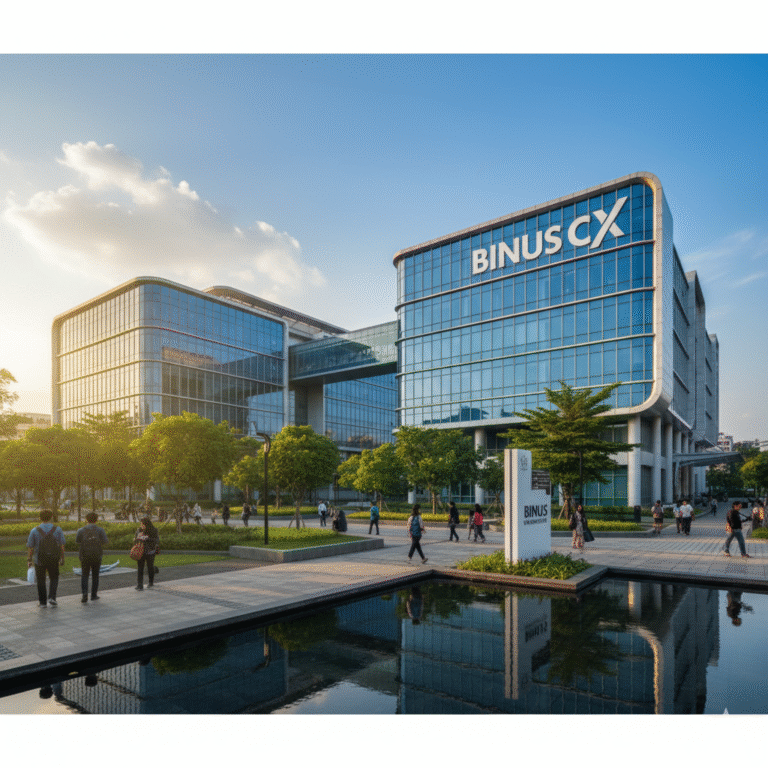Modern Education Made Simple: Must-Haves for Schools and Colleges
In today’s fast-paced world, education is no longer confined to chalkboards and textbooks. Schools and colleges are evolving into hubs of innovation, creativity, and technology-driven learning. For an educational institution to thrive in the modern era, it needs more than just classrooms and libraries—it requires a strategic blend of infrastructure, technology, and pedagogical practices. Here’s a look at the must-haves for schools and colleges aiming to deliver a 21st-century learning experience.
1. Smart Classrooms
The traditional classroom is being transformed into a dynamic learning environment. Smart classrooms equipped with interactive whiteboards, projectors, and digital learning tools are essential. These technologies facilitate visual learning, allow real-time collaboration, and make lessons more engaging. For instance, interactive software can simulate complex scientific phenomena or historical events, helping students understand concepts beyond the textbook. Smart classrooms also support hybrid learning, enabling students to attend classes remotely when needed.
2. Technology Integration
A modern educational institution relies on a strong and reliable technology infrastructure to operate effectively. High-speed fiber-optic internet, cloud-based learning platforms, and digital libraries have become essential rather than optional. Learning management systems (LMS) enable educators to organize lessons, monitor student progress, and provide personalized feedback efficiently.
By integrating advanced technology, schools foster self-directed learning, critical thinking, and digital literacy—skills vital for today’s workforce. Devices such as tablets, laptops, and virtual reality (VR) tools further enhance the learning experience, making it more interactive and immersive, while fiber-optic solutions ensure seamless performance across all digital applications.
3. Collaborative Spaces
Modern education emphasizes collaboration over rote memorization. Institutions need spaces that promote group work, brainstorming, and peer-to-peer learning. Flexible seating arrangements, study lounges, and maker spaces allow students to interact freely and experiment creatively. These collaborative environments foster communication skills, leadership, and teamwork—qualities that are indispensable in today’s professional world.
4. Qualified and Adaptive Educators
Technology alone does not define a modern educational institution; it is the educators who make the difference. Teachers and faculty need continuous professional development to adapt to new teaching methods, digital tools, and learning trends. Adaptive teaching—tailoring instruction to meet individual student needs—ensures that each learner can achieve their full potential. Moreover, educators who embrace innovative pedagogies can inspire curiosity, creativity, and a love for lifelong learning.
5. Safety and Well-being
A modern educational institution prioritizes the physical and mental well-being of its students. Secure campuses with surveillance systems, controlled access points, and emergency protocols are essential. Equally important are mental health resources, counseling services, and wellness programs. Creating an environment where students feel safe and supported encourages engagement, focus, and overall academic success.
6. Green and Sustainable Practices
Sustainability is no longer optional—it is a responsibility. Modern institutions are increasingly adopting eco-friendly practices such as solar energy, rainwater harvesting, waste management, and green building designs. Teaching sustainability through practice not only reduces operational costs but also instills environmental responsibility among students. A green campus reflects an institution’s commitment to the future, aligning with global efforts to combat climate change.
7. Extracurricular and Holistic Development Opportunities
Academic excellence is important, but modern education also emphasizes holistic development. Sports facilities, art studios, music rooms, and clubs provide students avenues to explore their passions and develop diverse skills. Extracurricular activities encourage creativity, discipline, and social engagement, helping students become well-rounded individuals prepared for both professional and personal success.
8. Strong Administrative Systems
Behind every successful educational institution is a robust administrative framework. Modern schools and colleges use digital tools for attendance tracking, fee management, communication with parents, and academic record maintenance. Efficient administration ensures smooth operations, allowing educators to focus on what matters most: teaching and mentoring students.
In Conclusion
Modern education is a blend of technology, infrastructure, skilled educators, and student-centered practices. Schools and colleges that invest in smart classrooms, technology integration, collaborative spaces, and holistic development are not just keeping up—they are setting the standard for the future of learning. By prioritizing safety, sustainability, and innovative teaching methods, educational institutions can create environments where students thrive academically, socially, and emotionally.
The message is clear: embracing these must-haves makes education simpler, more engaging, and profoundly impactful—preparing students for a future that demands adaptability, creativity, and lifelong learning.







